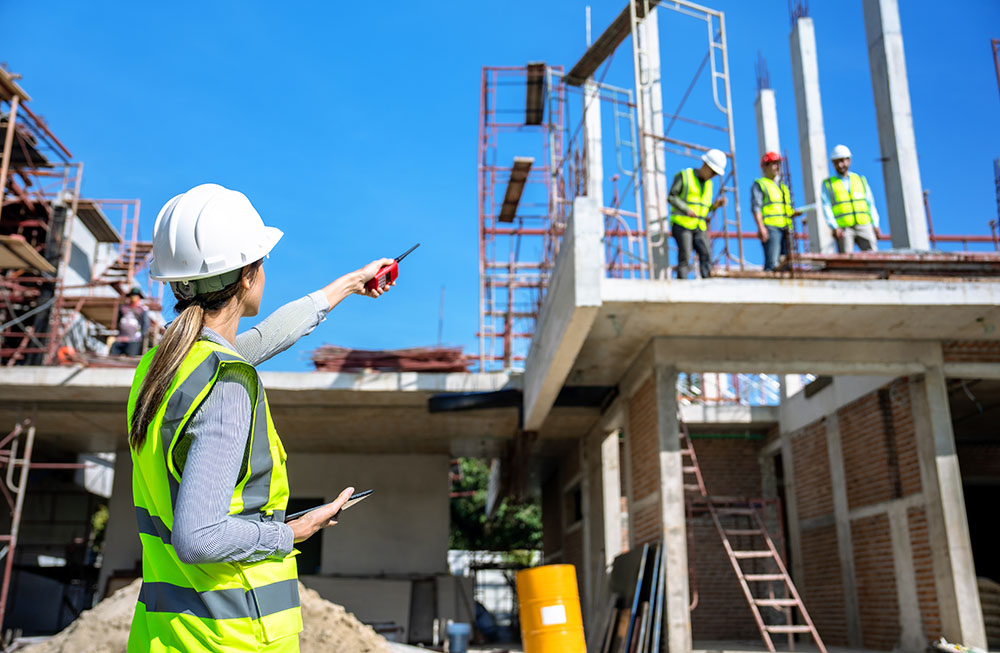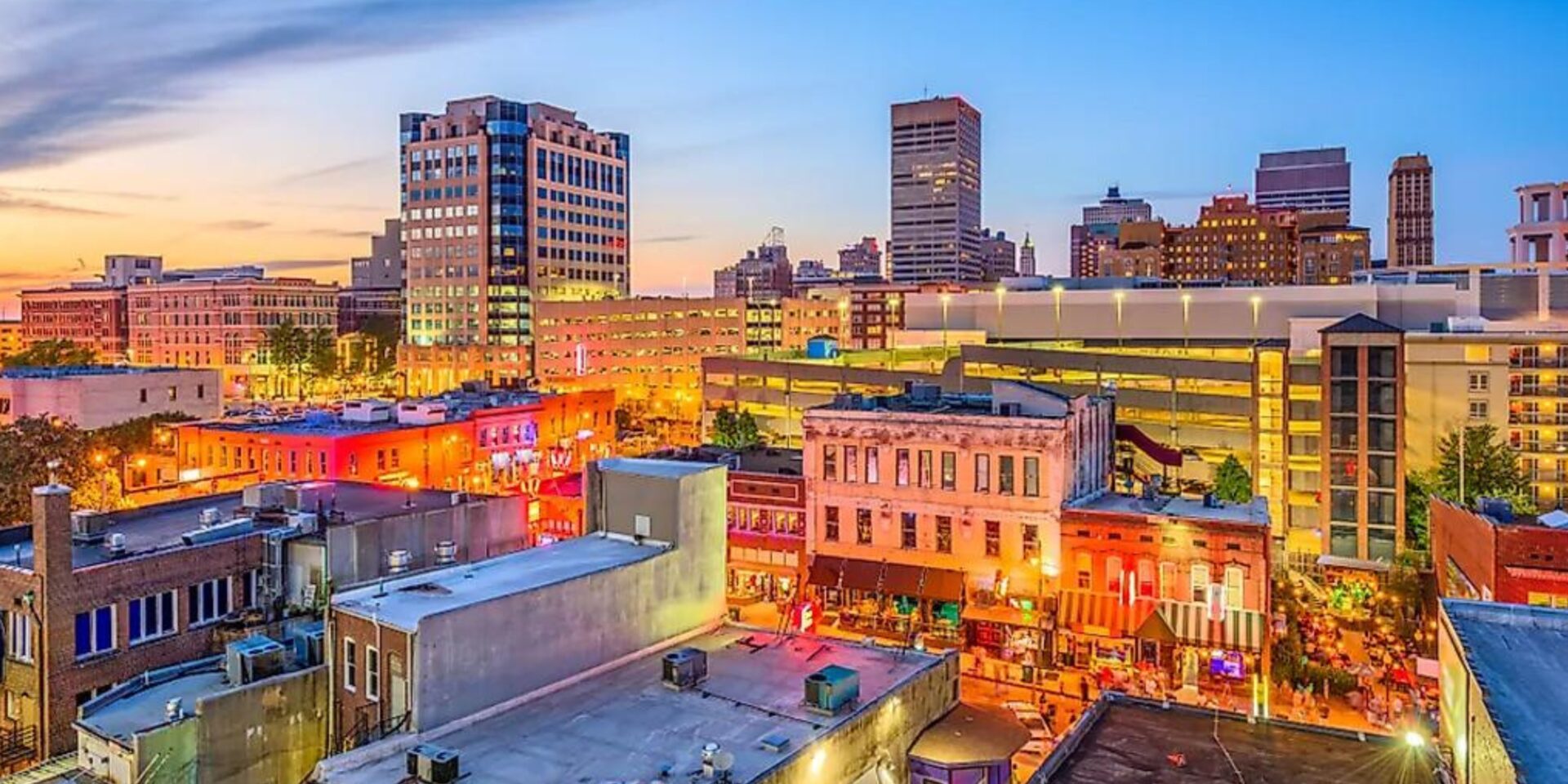The 13 Vital Elements of a Quality Cost Segregation Study
Quality Cost Segregation Study

Architects, Engineers, and Contractors who perform qualifying activities on government-owned or nontaxable properties may be eligible to receive a tax deduction for their work by utilizing the §179D Energy Efficient Commercial Building Tax Deduction.
As a tax deduction, the §179D program is not directly applicable to nontaxable entities. However, the Inflation Reduction Act of 2022 expanded this incentive to enable all nontaxable entities to allocate the deduction to the person primarily responsible for designing energy efficient equipment. This generally can refer to the Architect, Engineer, and/or Building Contractor.
To claim, an energy analysis must be completed with a software system approved by the Department of Energy. A third party must certify the results, and the eligible party must obtain a letter from the building owner allocating the deduction, referred to as an Allocation Letter.
Once complete, the eligible party takes the tax deduction instead of the building owner.
To be eligible to claim this incentive as an eligible architect, engineer, or contractor, the firm must be responsible for creating the technical specifications relating to the installation of the relevant energy efficient commercial building property, as opposed to merely installing, repairing or maintaining the property. Activities such as the creation of Drawings, and Technical Specifications are clear eligible activities.
Value Engineering, Change Orders, and accepted recommendations made during the RFI process may also fall under what is considered to be eligible activities. Architects, Engineers, and Design-Build contractors typically satisfy this criteria during the design phase of a project. However, a contractor can perform activities like these throughout the life of a project that satisfy these criteria as well. If you have any questions for our experts, schedule a call!
The incentive provides eligible Architects, Engineers, and Contractors with a tax deduction of up to $5.00 per square foot for eligible projects.
Allocation Letters must include the following information to meet the eligibility criteria for the incentive:
Creating the energy model, determining eligibility, and undertaking the site inspection are all very time consuming and complex tasks to complete and delegate. Leyton’s group of experienced engineering and tax professionals are uniquely placed to provide end-to-end services for all firms looking to access this incentive. We focus on streamlining the process, so it involves minimal input on your end, and achieves results of the highest standard.
Architects, Engineers, or Contractors with questions about this service’s relevance to your business, please contact us.
Explore our latest insights
See more arrow_forward
Quality Cost Segregation Study

Discover how Tennessee's recent legislative reforms are reshaping the Tennessee's franchise tax l...

Overview: The Research and Development (“R&D”) Tax Credit is a federal incentive for companie...

With the passing of the Inflation Reduction Act of 2022, the 45L tax credit requires Energy Star ...